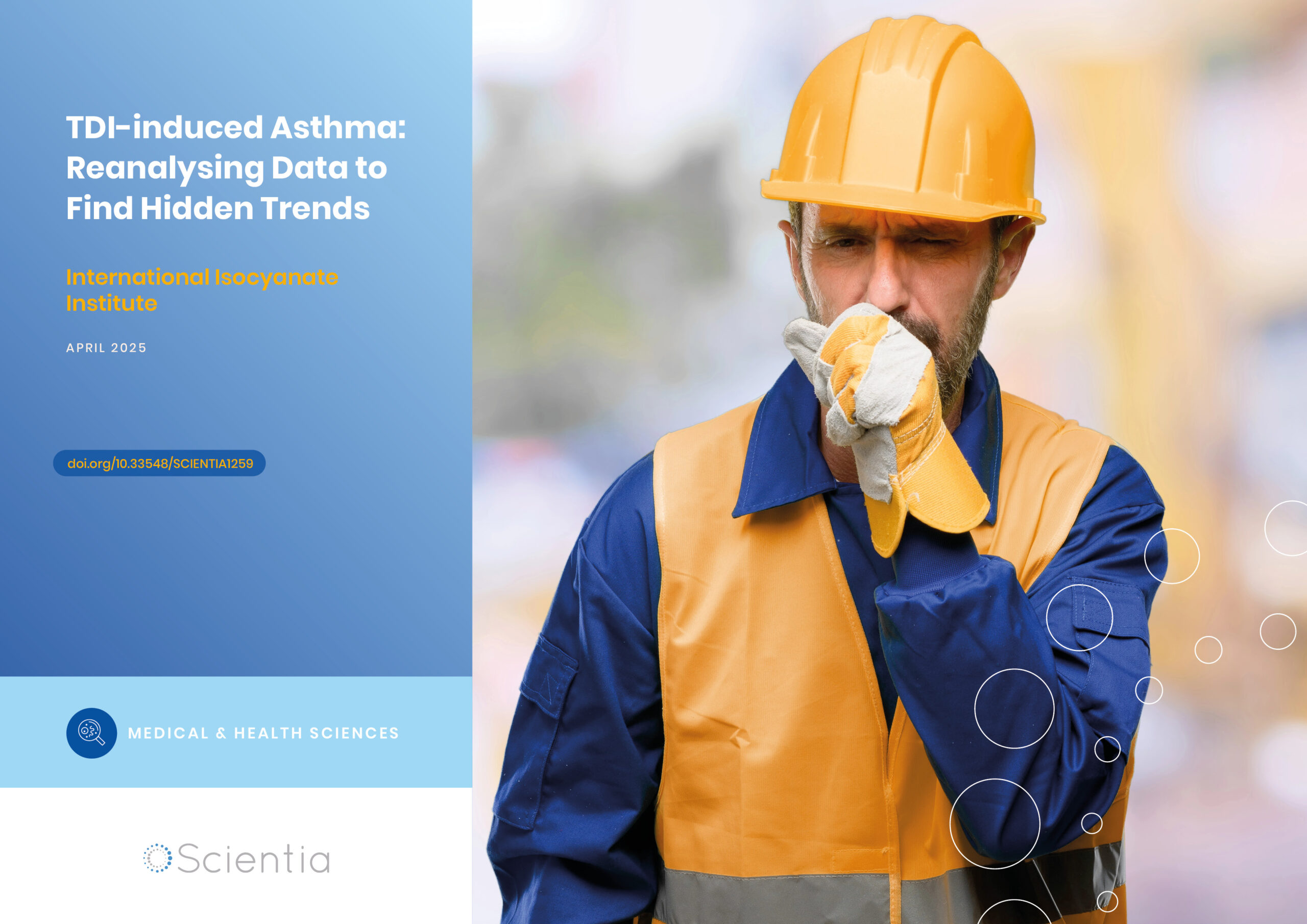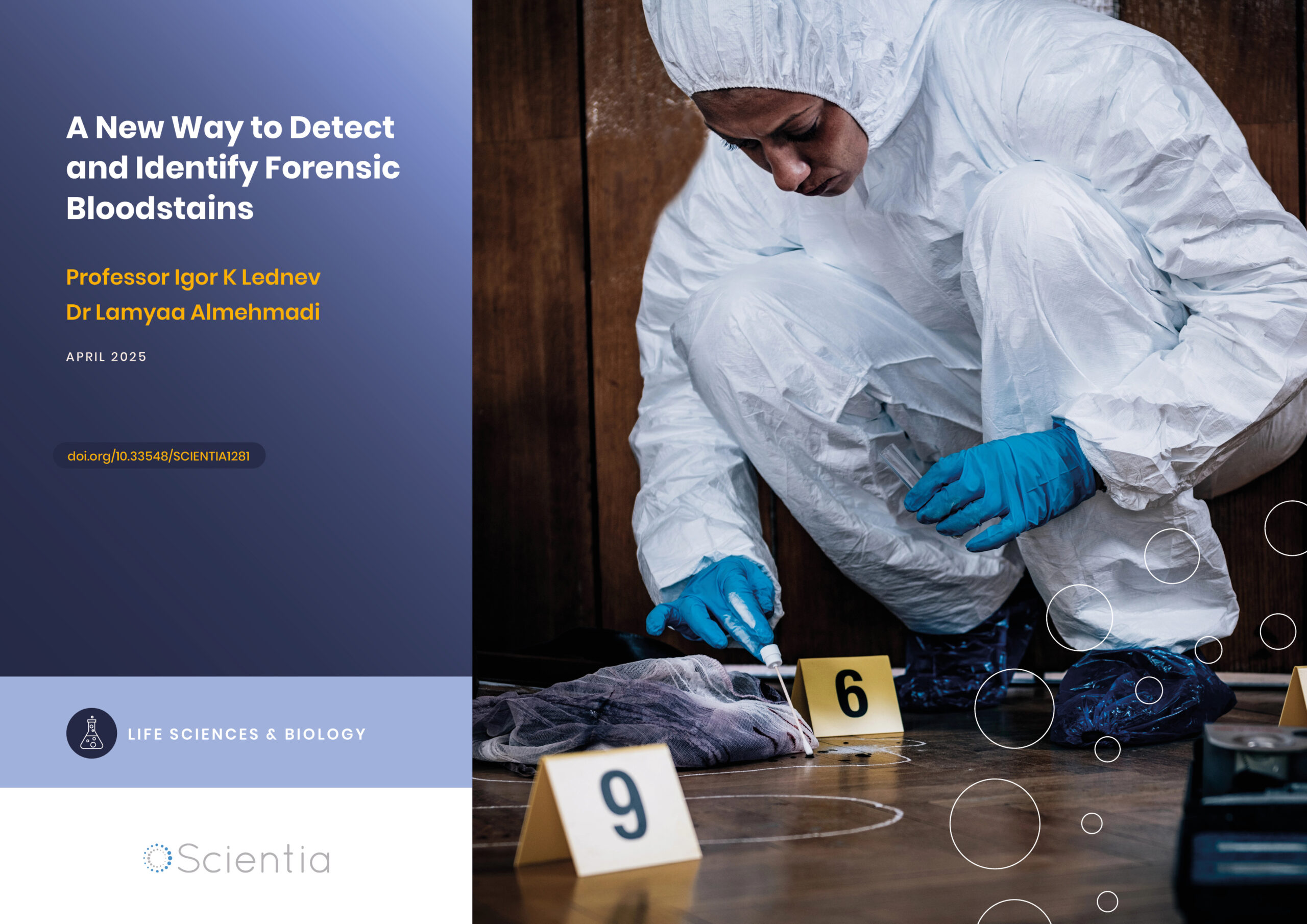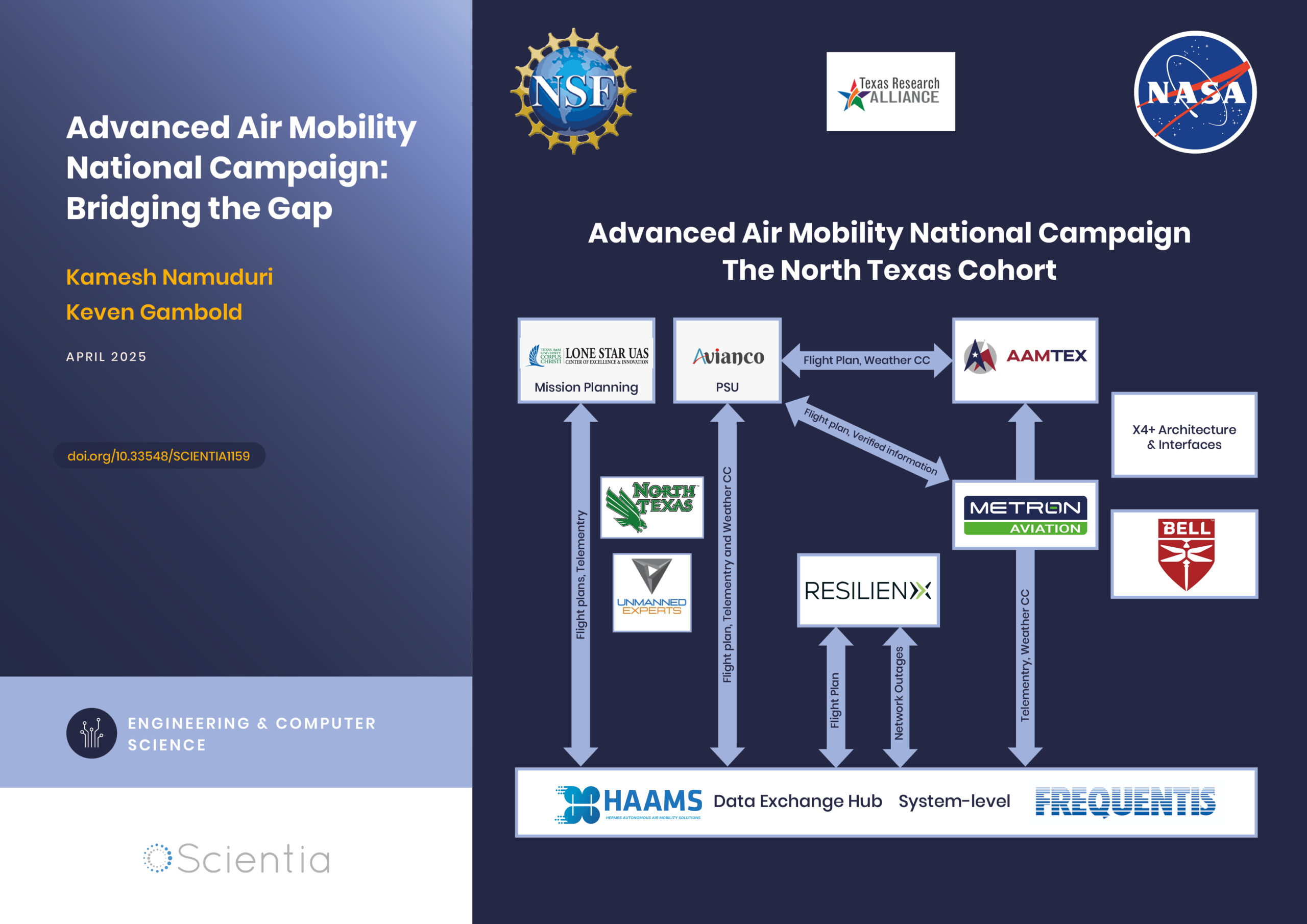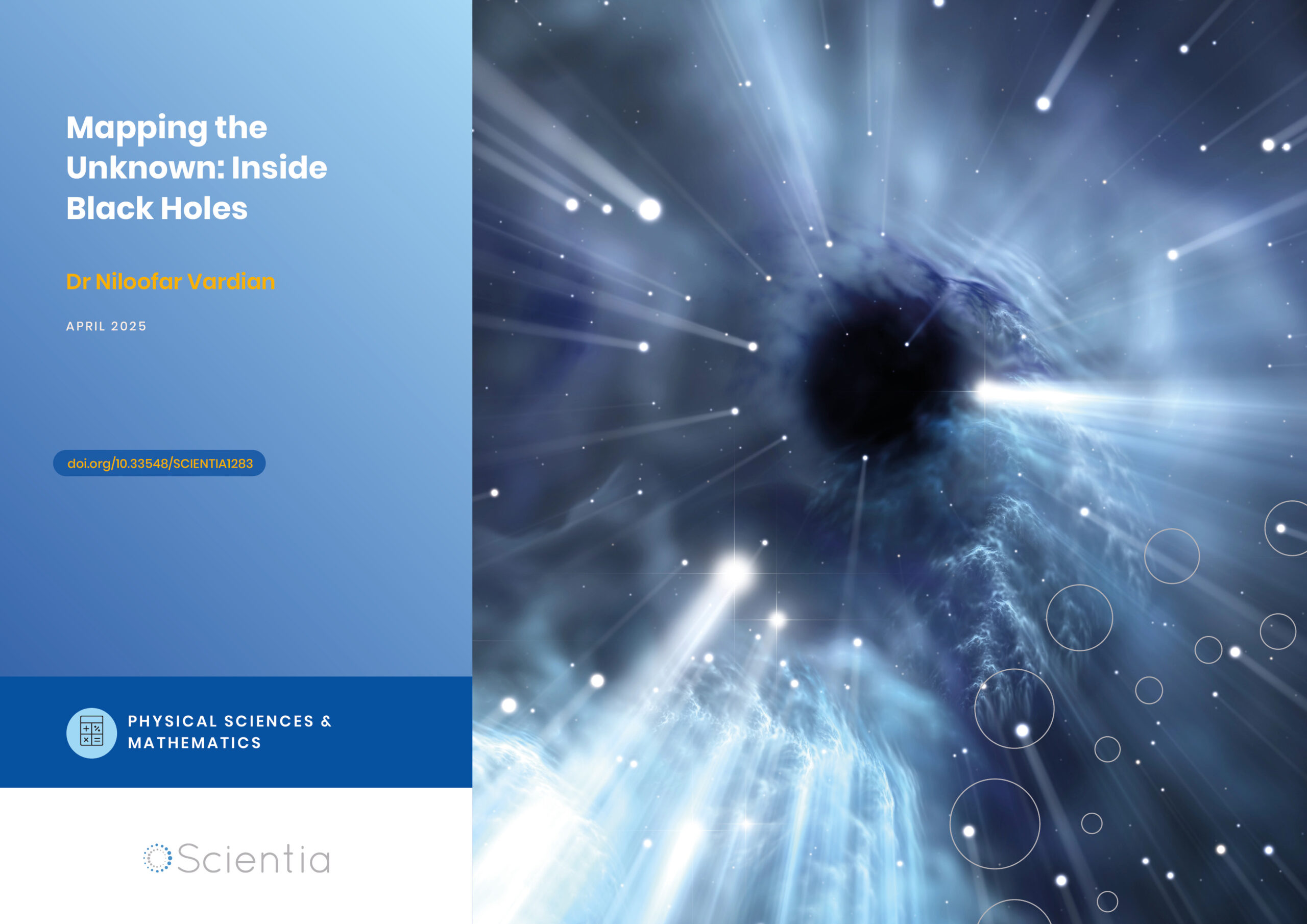Advancing Quantum Computing to Accelerate Scientific Research
Over the past few years, the capabilities of quantum computers have reached the stage where they can be used to pursue research with widespread technological impact. Through their research, the Q4Q team at the University of Southern California, University of North Texas, and Central Michigan University, explores how software and algorithms designed for the latest quantum computing technologies can be adapted to suit the needs of applied sciences. In a collaborative project, the Q4Q team sets out a roadmap for bringing accessible, user-friendly quantum computing into fields ranging from materials science, to pharmaceutical drug development.
Quantum Computing
Since it first emerged in the 1980s, the field of quantum computing has promised to transform the ways in which we process information. The technology is centred on the fact that quantum particles – such as electrons – exist in ‘superpositions’ of states. Quantum mechanics also dictates that particles will only collapse into one single measurable state when observed by a user. By harnessing these unique properties, physicists discovered that batches of quantum particles can act as more advanced counterparts to conventional binary bits – which only exist in one of two possible states (on or off) at a given time.
On classical computers, we write and process information in a binary form. Namely, the basic unit of information is a bit, which takes on the logical binary values 0 or 1. Similarly, quantum bits (also known as ‘qubits’) are the native information carriers on quantum computers. Much like bits, we read binary outcomes of qubits, that is 0 or 1 for each qubit.
However, in a stark contrast to bits, we can encode information on a qubit in the form of a superposition of logical values of 0 and 1. This means that we can encode much more information in a qubit than in a bit. In addition, when we have a collection of qubits, the principle of superposition leads to computational states that can encode correlations among the qubits, which are stronger than any type of correlations achieved within a collection of bits. Superposition and strong quantum correlations are, arguably, the foundations on which quantum computers rely on to provide faster processing speeds than their classical counterparts.
To realise computations, qubit states can be used in quantum logic gates, which perform operations on qubits, thus transforming the input state according to a programmed algorithm. This is a paradigm for quantum computation, analogous to conventional computers. In 1998, both qubits and quantum logic gates were realised experimentally for the first time – bringing the previously-theoretical concept of quantum computing into the real world.

Stalling Advances
From this basis, researchers then began to develop new software and algorithms, specially designed for operations using qubits. At the time, however, the widespread adoption of these techniques in everyday applications still seemed a long way off. The heart of the issue lay in the errors that are inevitably introduced to quantum systems by their surrounding environments. If uncorrected, these errors can cause qubits to lose their quantum information, rendering computations completely useless. Many studies at the time aimed to develop ways to correct these errors, but the processes they came up with were invariably costly and time-consuming.
Unfortunately, the risk of introducing errors to quantum computations increases drastically as more qubits are added to a system. For over a decade after the initial experimental realisation of qubits and quantum logic gates, this meant that quantum computers showed little promise in rivalling the capabilities of their conventional counterparts.
In addition, quantum computing was largely limited to specialised research labs, meaning that many research groups that could have benefited from the technology were unable to access it.
Improving Accessibility
While error correction remains a hurdle, the technology has since moved beyond specialised research labs, becoming accessible to more users. This occurred for the first time in 2011, when the first quantum annealer was commercialised. With this event, feasible routes emerged towards reliable quantum processors containing thousands of qubits capable of useful computations.
Quantum annealing is an advanced technique for obtaining optimal solutions to complex mathematical problems. It is a quantum computation paradigm alternative to operating on qubits with quantum logic gates.
The availability of commercial quantum annealers spurned a new surge in interest for quantum computing, with consequent technological progress, especially fuelled by industrial capitals. In 2016, this culminated in the development of a new cloud system based on quantum logic gates, which enabled owners and users of quantum computers around the world to pool their resources together, expanding the use of the devices outside of specialised research labs. Before long, the widespread use of quantum software and algorithms for specific research scenarios began to look increasingly realistic.
At the time, however, the technology still required high levels of expertise to operate. Without specific knowledge of the quantum processes involved, researchers in fields such as biology, chemistry, materials science, and drug development could not make full use of them. Further progress would be needed before the advantages of quantum computing could be widely applied outside the field of quantum mechanics itself.

Useful Quantum Simulations
Now, the Q4Q team aims to build on these previous advances – using user-friendly quantum algorithms and software packages to realise quantum simulations of physical systems. Where the deeply complex properties of these systems are incredibly difficult to recreate within conventional computers, there is now hope that this could be achieved using large systems of qubits.
To recreate the technologies that could realistically become widely available in the near future, the team’s experiments will incorporate ‘noisy intermediate-scale quantum’ (NISQ) devices – which contain relatively large numbers of qubits, and by themselves are prone to environmental errors.
In their projects, the Q4Q team identifies three particular aspects of molecules and solid materials that could be better explored through the techniques they aim to develop. The first of these concerns the ‘band structures’ of solids – which describe the range of energy levels that electrons can occupy within a solid, as well as the energies they are forbidden from possessing.
Secondly, they aim to describe the vibrations and electronic properties of individual molecules – each of which can heavily influence their physical properties. Finally, the researchers will explore how certain aspects of quantum annealing can be exploited to realise machine-learning algorithms – which automatically improve through their experience of processing data.
Molecules and Solids
As they apply these techniques, the Q4Q team predicts that their findings will lead to a better knowledge of the quantum properties of both molecules and solid materials. In particular, they hope to provide better descriptions of periodic solids, whose constituent atoms are arranged in reliably repeating patterns.
Previously, researchers struggled to reproduce the ‘wavefunctions’ of interacting quantum particles within these materials, which relate to the probability of finding the particles in particular positions when observed by a user. Through their techniques, the Q4Q team aims to reduce the number of qubits required to capture these wavefunctions, leading to more realistic quantum simulations of the solid materials.
Elsewhere, the Q4Q team will account for the often deeply complex quantum properties of individual molecules made up of large groups of atoms. During chemical reactions, any changes taking place within these molecules will be strongly driven by quantum processes, which are still poorly understood. By developing plugins to existing quantum software, the team hopes to accurately recreate this quantum chemistry in simulated reactions.
If they are successful in reaching these goals, the results of their work could open up many new avenues of research within a diverse array of fields – especially where the effects of quantum mechanics have not yet been widely considered. In particular, they will also contribute to identifying bottlenecks of current quantum processing units, which will aid the design of better quantum computers.

Expanding into New Fields
Perhaps most generally, the Q4Q team hopes that their techniques will enable researchers to better understand how matter responds to external perturbations, such as lasers and other light sources.
Elsewhere, widely accessible quantum software could become immensely useful in the design of new pharmaceutical drugs, as well as new fertilisers. By ascertaining how reactions between organic and biological molecules unfold within simulations, researchers could engineer molecular structures that are specifically tailored to treating certain medical conditions.
The ability to simulate these reactions could also lead to new advances in the field of biology as a whole, where processes involving large, deeply complex molecules including proteins and nucleic acids are critical to the function of every living organism.
Finally, a better knowledge of the vibrational and electronic properties of periodic solids could transform the field of materials physics. By precisely engineering structures to display certain physical properties on macroscopic scales, researchers could tailor new materials with a vast array of desirable characteristics: including durability, advanced interaction with light, and environmental sustainability.
Training a New Generation
If the impacts of the team’s proposed research goals are as transformative as they hope, researchers in many different fields of the technological endeavour could soon be working with quantum technologies.
Such a clear shift away from traditional research practices could in turn create many new jobs – with required skillsets including the use of cutting-edge quantum software and algorithms. Therefore, a key element of the team’s activity is to develop new strategies for training future generations of researchers. Members of the Q4Q team believe that this will present some of the clearest routes yet towards the widespread application of quantum computing in our everyday lives.
Short on time? watch this video
Reference
https://doi.org/10.33548/SCIENTIA678
Meet the Q4Q Team
The Q4Q team was established in 2018, when the lead investigator Rosa Di Felice took the initiative to respond to a funding opportunity of the US Department of Energy (DOE). The team was consolidated with the DOE funding in September 2018. In addition to the lead investigator, the core team comprises Anna Krylov, Marco Fornari and Marco Buongiorno Nardelli. It has been recently expanded to include Itay Hen and Amir Kalev.
Rosa Di Felice is an Associate Professor of Physics and Astronomy and Quantitative and Computational Biology at the University of Southern California, and a Research Director of the Italian National Research Council, Institute of Nanoscience. She is an expert in computational predictions of structures and electronic properties of solids and molecules.
Anna Krylov is a Professor of Chemistry at the University of Southern California. She is an expert in quantum chemistry of open-shell and electronically excited species, and an inventor of models and methods for strong correlations and molecular properties.
Marco Fornari is a Professor of Physics at Central Michigan University. He is an expert in theoretical and computational condensed matter physics, particularly in high-throughput materials prediction for energy conversion and other technical applications.
Marco Buongiorno Nardelli is a professor of Physics and Chemistry at the University of North Texas in Denton. He is an expert in computational materials science and high-performance simulations.
Itay Hen is a Research Lead at the Information Sciences Institute of the University of Southern California and a Research Associate Professor with USC’s Physics and Astronomy department. He is an expert in quantum algorithms, complexity, simulations and implementation.
Amir Kalev is a Research Scientist at the Information Sciences Institute of the University of Southern California. He is an expert in quantum physics and developer of quantum algorithms.
CONTACT
E: difelice@usc.edu
FUNDING
United States Department of Energy
CREDITS
The Drake Studio
FURTHER READING
I Siloi, V Carnevali, B Pokharel, M Fornari, R Di Felice, Investigating the Chinese postman problem on a quantum annealer, Quantum Machine Intelligence, 2021, 3, 3.
V Carnevali, I Siloi, R Di Felice, M Fornari, Vacancies in graphene: an application of adiabatic quantum optimization, Physical Chemistry Chemical Physics, 2020, 22, 27332.
FT Cerasoli, K Sherbert, J Sławińska, MB Nardelli, Quantum computation of silicon electronic band structure, Physical Chemistry Chemical Physics, 2020, 22, 21816.
A Kalev, I Hen, Quantum algorithm for simulating hamiltonian dynamics with an off-diagonal series expansion, Quantum, 2021, 5, 426. arXiv:2006.02539.
AI Krylov, J Doyle, K-K Ni, Quantum Computing and Quantum Information Storage, Physical Chemistry Chemical Physics, 2021, 23, 6341.
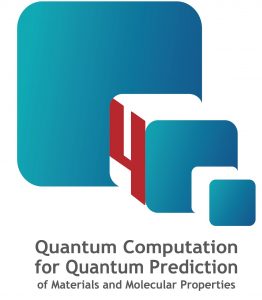
Want to republish our articles?
We encourage all formats of sharing and republishing of our articles. Whether you want to host on your website, publication or blog, we welcome this. Find out more
Creative Commons Licence
(CC BY 4.0)
This work is licensed under a Creative Commons Attribution 4.0 International License. 
What does this mean?
Share: You can copy and redistribute the material in any medium or format
Adapt: You can change, and build upon the material for any purpose, even commercially.
Credit: You must give appropriate credit, provide a link to the license, and indicate if changes were made.
More articles you may like
International Isocyanate Institute | TDI-induced Asthma: Reanalysing Data to Find Hidden Trends
Even if you’ve never heard of them, you’ve used polyurethanes. Producing them requires toluene diisocyanates, which may/can induce asthma when inhaled. A 5-year study claimed to conclude that cumulative TDI exposure over time was indicative of asthma incidence. However, a reanalysis by a team at the International Isocyanate Institute points the finger instead at the frequency of unprotected high-exposure events, like accidental spills or plant maintenance. This finding guides the way for future advances in worker safety.
A New Way to Detect and Identify Forensic Bloodstains
Accurately identifying bodily fluids at crime scenes is vital to aid forensic examinations and obtain information for use in criminal proceedings. However, collecting viable material for analysis can be challenging, especially if samples are difficult to access or the amount is minute. Dr Lamyaa Almehmadi and Professor Igor K Lednev at the University at Albany, State University of New York, USA, have introduced a new technique to assist in analysing bloodstains for forensic examination without compromising sample integrity.
Advanced Air Mobility National Campaign: Bridging the Gap
The rapid advancements in technology have paved the way for revolutionary changes in transportation, particularly air mobility. One such groundbreaking initiative is the Advanced Air Mobility (AAM) National Campaign led by NASA. This campaign aims to integrate advanced air mobility solutions into the existing transportation infrastructure, creating a seamless, efficient, and safe urban air transportation system. By addressing the various challenges associated with urban air mobility, the AAM National Campaign is poised to redefine how we navigate our cities, ultimately leading to reduced congestion, improved accessibility, and enhanced environmental sustainability.
Dr Niloofar Vardian | Mapping the Unknown: Inside Black Holes
Dr Niloofar Vardian at the SISSA school has advanced our understanding of black hole interiors through precise mathematical modelling. Her recent publication sheds light on previously inaccessible aspects of black hole dynamics, deepening our knowledge of these mysterious and difficult-to-study phenomena.

